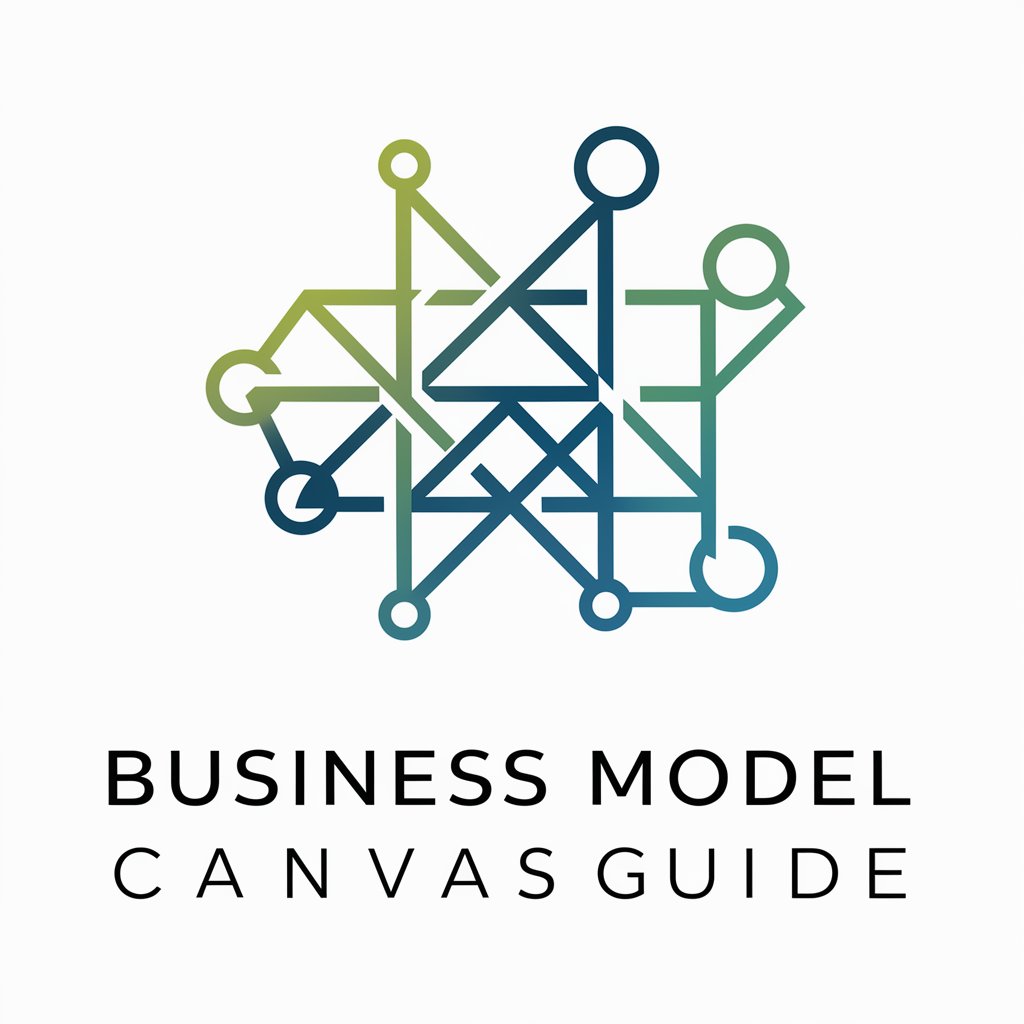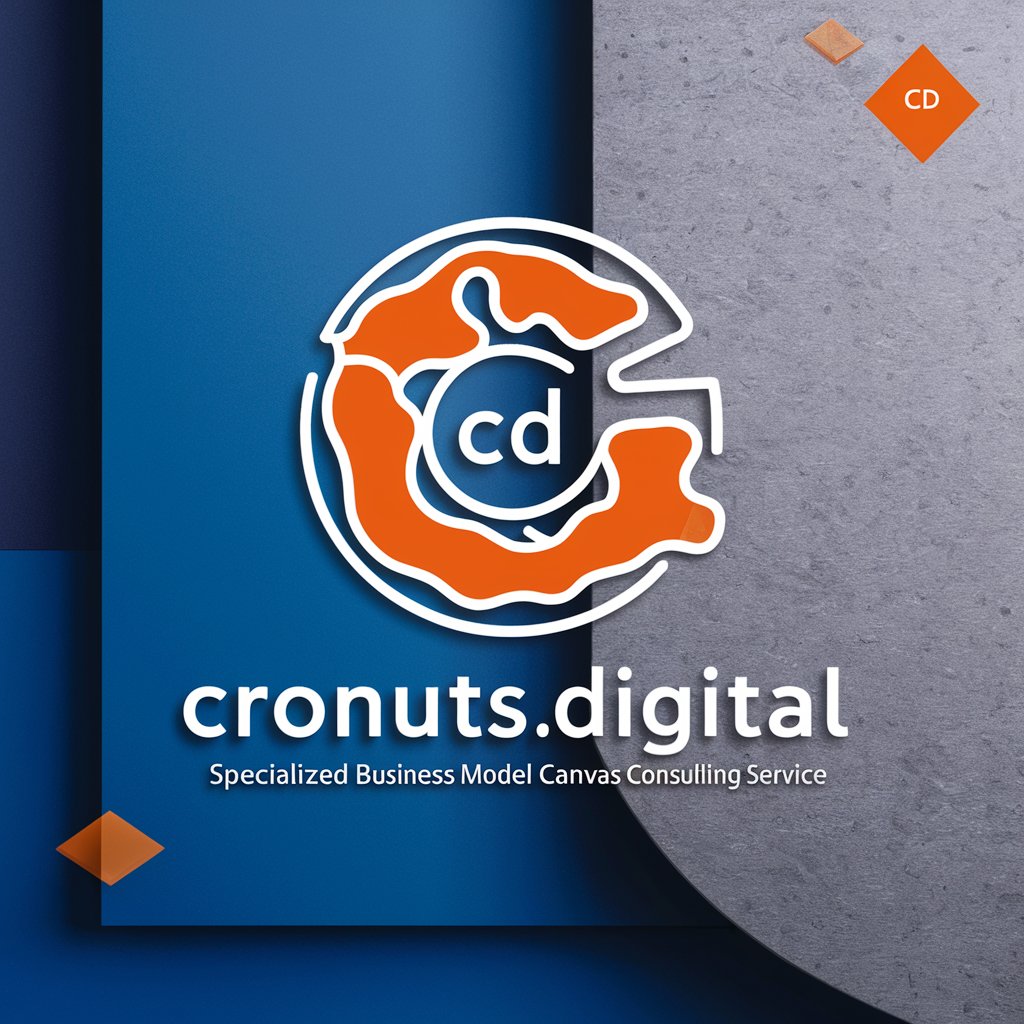
Modelo de Negócio (Business Model Canvas) - Business Model Visualization
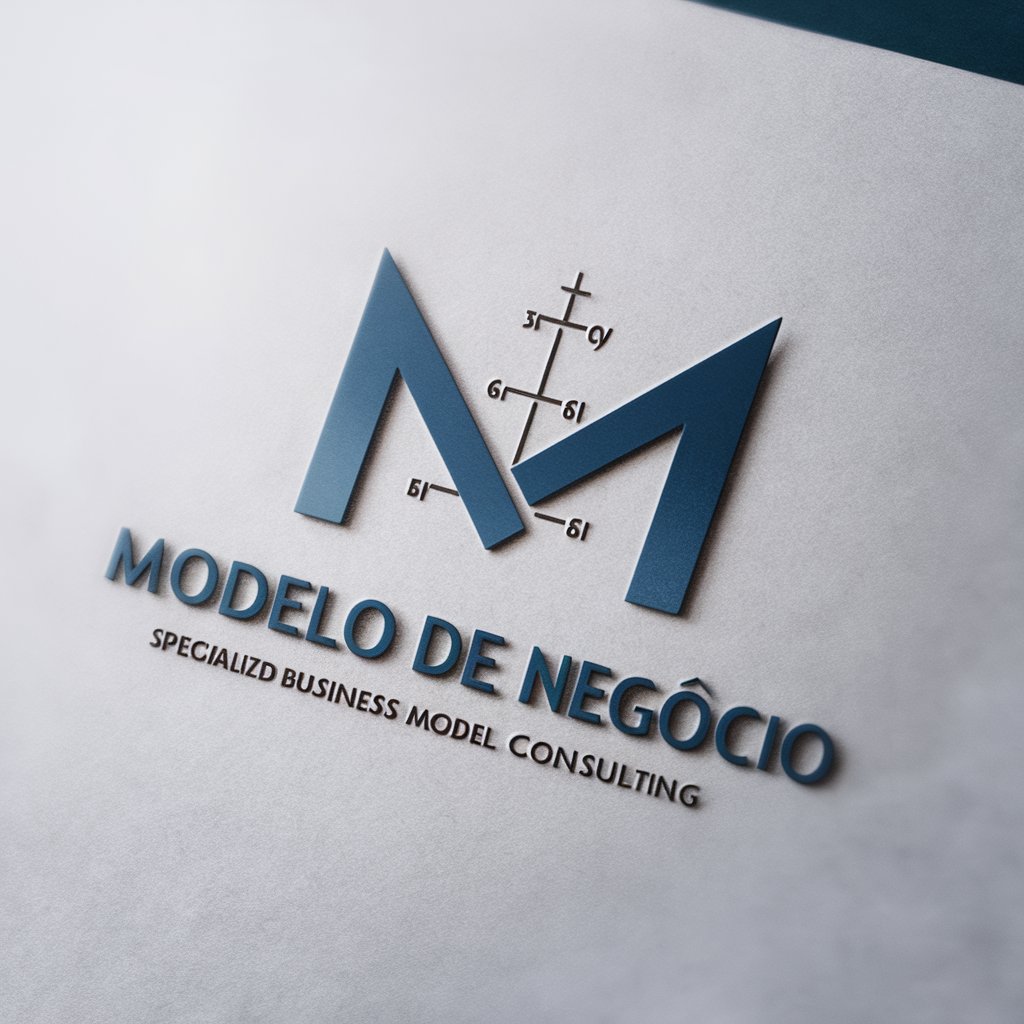
Welcome! Let's optimize your business model together.
Streamline Strategy with AI-Powered Business Modeling
Describe your company's main value proposition and the problem it solves.
What are the primary customer segments you target?
Detail the key activities that drive your business model.
Identify the main revenue streams for your company.
Get Embed Code
Overview of Business Model Canvas
The Business Model Canvas is a strategic management tool used for developing new business models or documenting and analyzing existing ones. It provides a visual chart with elements describing a company's value proposition, infrastructure, customers, and finances, aiding businesses in aligning their activities by illustrating potential trade-offs. The tool's layout facilitates understanding, discussion, creativity, and analysis. For example, a startup might use the Canvas to map out the key components of its business, like customer segments, revenue streams, and value propositions, to ensure that its business idea is feasible and well-structured. Powered by ChatGPT-4o。

Key Functions of the Business Model Canvas
Value Proposition Design
Example
A tech company identifying unique software features that solve specific problems for its target market.
Scenario
The tech company uses the Canvas to clarify how its product stands out from competitors and meets customer needs, facilitating targeted development and marketing strategies.
Market Analysis
Example
A retail business determining the most effective channels to reach different customer segments.
Scenario
By using the Canvas, the retail business can visualize and assess how different channels align with customer preferences and behaviors, optimizing marketing efforts.
Revenue Stream Identification
Example
A subscription-based service evaluating various pricing models.
Scenario
The Canvas helps the service provider to outline and compare different revenue mechanisms, such as monthly subscriptions, freemium models, or one-time payments, ensuring a sustainable business model.
Cost Structure Analysis
Example
A manufacturing company examining the impact of raw material costs on its overall budget.
Scenario
Using the Canvas, the company can break down its expenses, highlighting areas where cost savings can be made without compromising on quality.
Partnership and Network Building
Example
A small business seeking strategic alliances with larger industry players.
Scenario
The Canvas allows the small business to identify and plan potential partnerships, facilitating access to new markets and resources.
Ideal Users of the Business Model Canvas
Entrepreneurs and Startups
These users benefit from the Canvas's ability to quickly and clearly define and test business ideas, helping to iterate and pivot as necessary during the early stages of business development.
Established Businesses
For these organizations, the Canvas is a tool for strategizing new products or services and understanding the impacts of market changes or competitive pressures on their existing business model.
Consultants and Business Analysts
These professionals use the Canvas to diagnose business challenges and opportunities, providing structured advice and insights for their clients.
Educators and Academic Institutions
They utilize the Canvas for teaching and training purposes, offering students a practical framework to learn about business model innovation and strategic management.

How to Use Modelo de Negócio (Business Model Canvas)
Start Your Journey
Begin by visiting yeschat.ai for a complimentary trial experience, accessible without the need for a login or a ChatGPT Plus subscription.
Understand the Canvas
Familiarize yourself with the nine key elements of the Business Model Canvas: Customer Segments, Value Propositions, Channels, Customer Relationships, Revenue Streams, Key Resources, Key Activities, Key Partnerships, and Cost Structure.
Identify Your Needs
Reflect on your business or project's unique needs. Whether you're starting a new venture, exploring a pivot in your business model, or seeking to better understand your current operation, identifying your specific requirements will guide your focus.
Engage with the Tool
Utilize the tool to map out your business model. This involves entering information into each section of the canvas, considering how each component interacts with the others to create a cohesive and functional business model.
Analyze and Iterate
Review and analyze the completed canvas to identify strengths, weaknesses, opportunities, and threats. Use these insights to iterate on your model, making adjustments to optimize and refine your business strategy.
Try other advanced and practical GPTs
Multilingual Letter Composer
AI-powered multilingual letter crafting made easy.
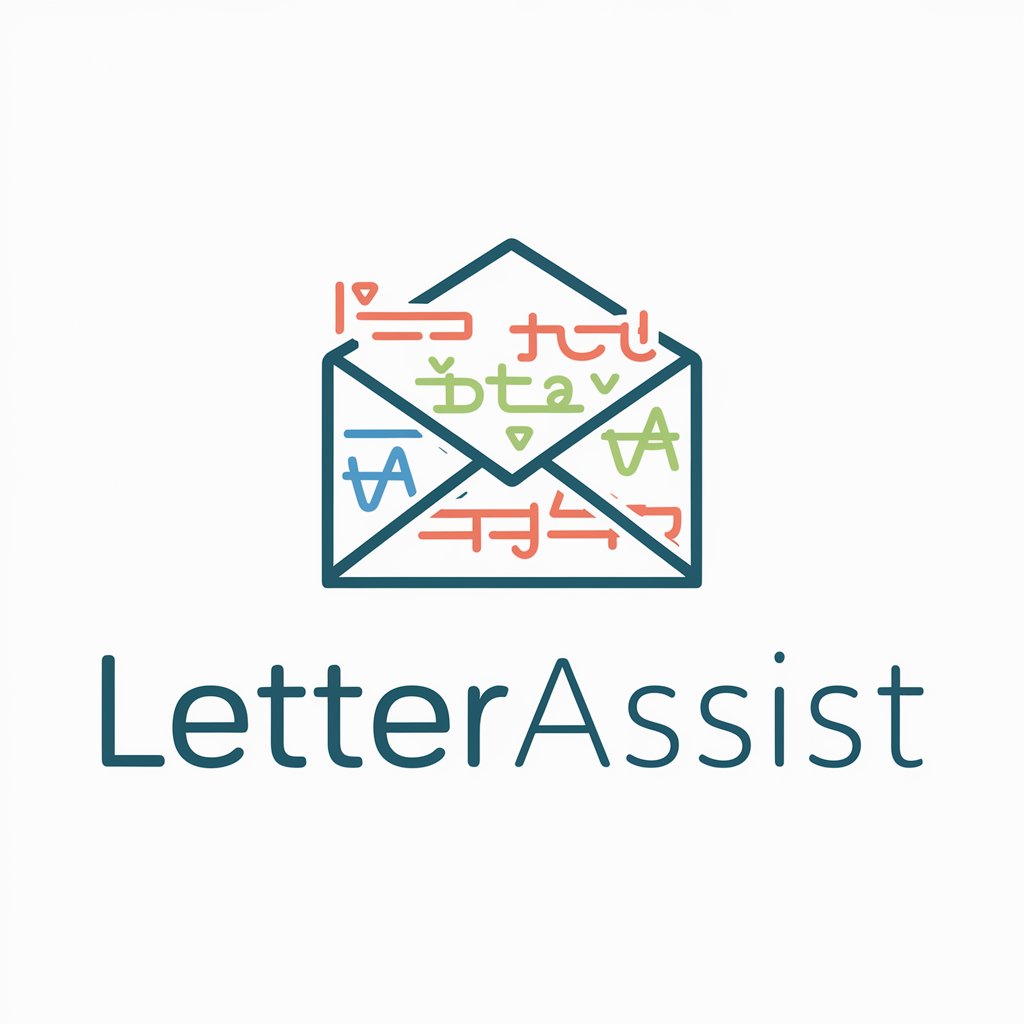
Python Code Runner
Execute Python code instantly with AI-powered insights.

Wine Story
Every sip tells a story, powered by AI.

Love Share ♥
Spreading Love with AI Innovation

Adolescent Health Advisor
AI-powered adolescent health insights.

Eco Sage
Your AI-Powered Guide to Greener Living

CultureCouture
Transform your look with AI-powered traditional attire.

Site Spark
Empowering Creativity with AI-Driven Design

God's SEO
Empower Your SEO with AI

Cruise Advisor
Empowering Your Cruise Journey with AI

GptOracle | The Existential Inquiry Guide
Exploring life's depth with AI
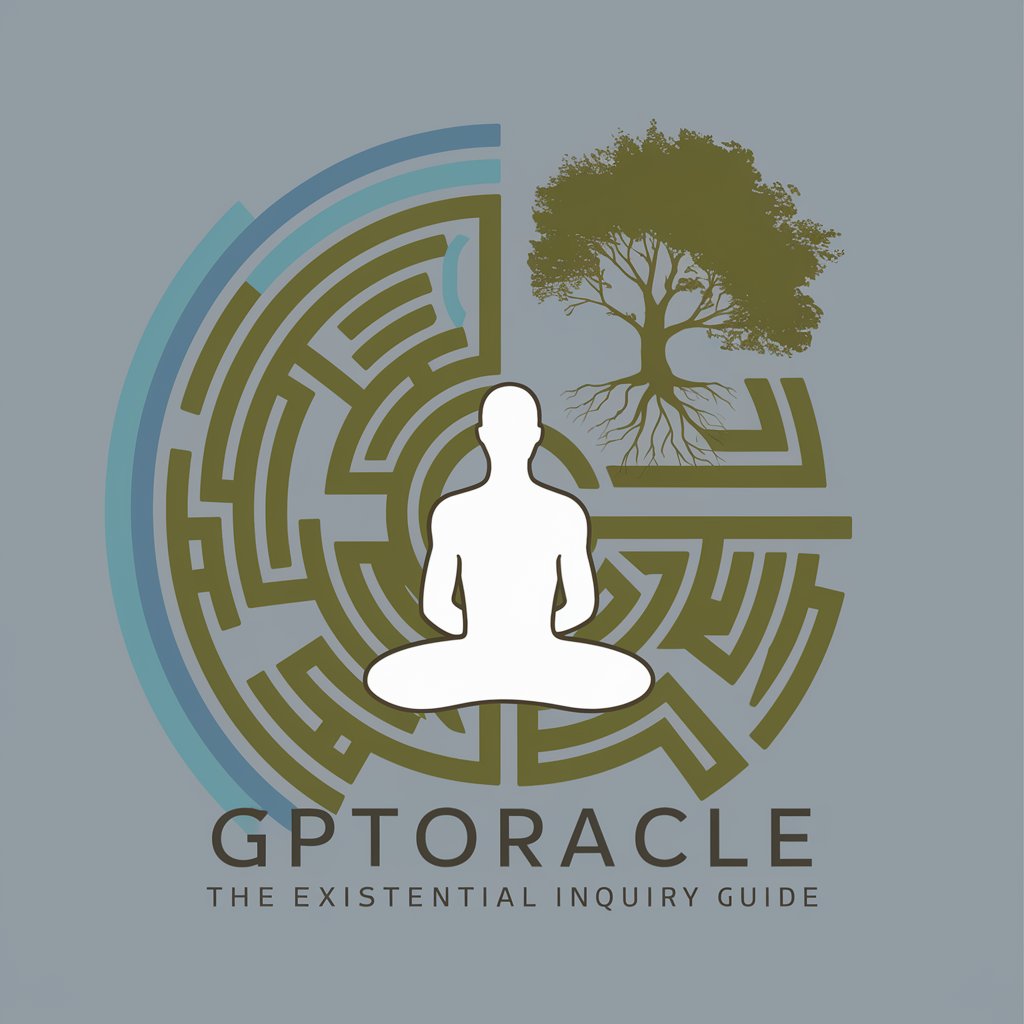
Fo Shizzle Travel
Travel planning with a Snoop Dogg twist

Detailed Q&A about Modelo de Negócio (Business Model Canvas)
What is the primary purpose of the Business Model Canvas?
The primary purpose of the Business Model Canvas is to provide a structured, easy-to-understand framework for mapping out and visualizing the key components of a business model. It aids in the analysis, design, and innovation of a business's strategy.
Can the Business Model Canvas be used for non-profit organizations?
Absolutely. While originally designed for profit-driven businesses, the Business Model Canvas can be adapted to fit the unique needs of non-profit organizations by focusing on value propositions that serve their mission and stakeholders.
How often should the Business Model Canvas be updated?
The Business Model Canvas should be viewed as a dynamic tool, updated regularly as your business evolves, encounters new challenges, or discovers new opportunities. A quarterly review is a common practice, though this may vary based on the business's growth stage and industry.
Is the Business Model Canvas suitable for startups?
Yes, the Business Model Canvas is particularly valuable for startups. It enables entrepreneurs to succinctly articulate their business model, experiment with different strategies, and pivot efficiently based on feedback and market conditions.
How can the Business Model Canvas help in securing investment?
The Business Model Canvas can help secure investment by clearly outlining the business's value proposition, revenue streams, and growth potential. It serves as a strategic tool that investors can review to understand the business's approach and its plans for generating profit and achieving long-term success.




